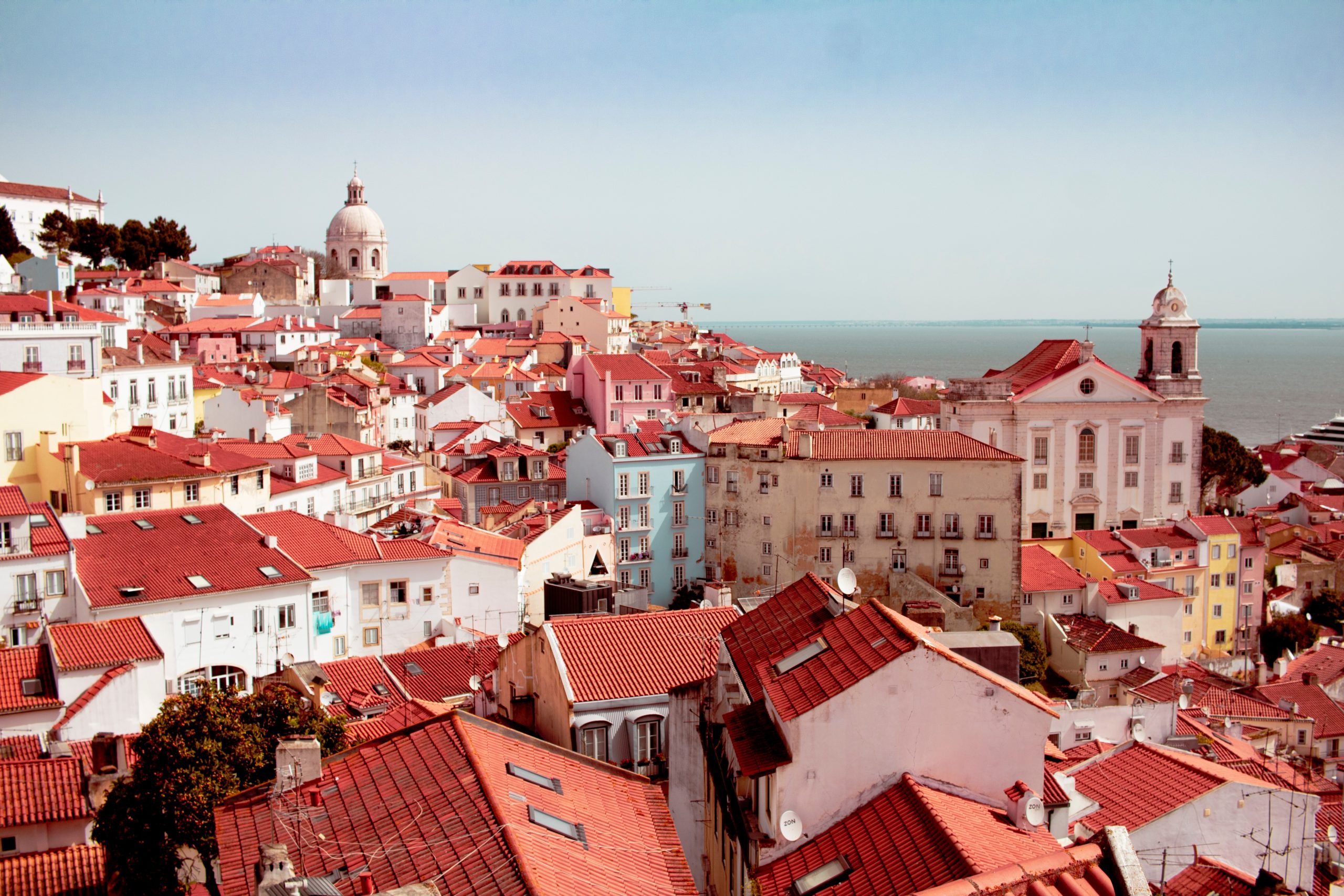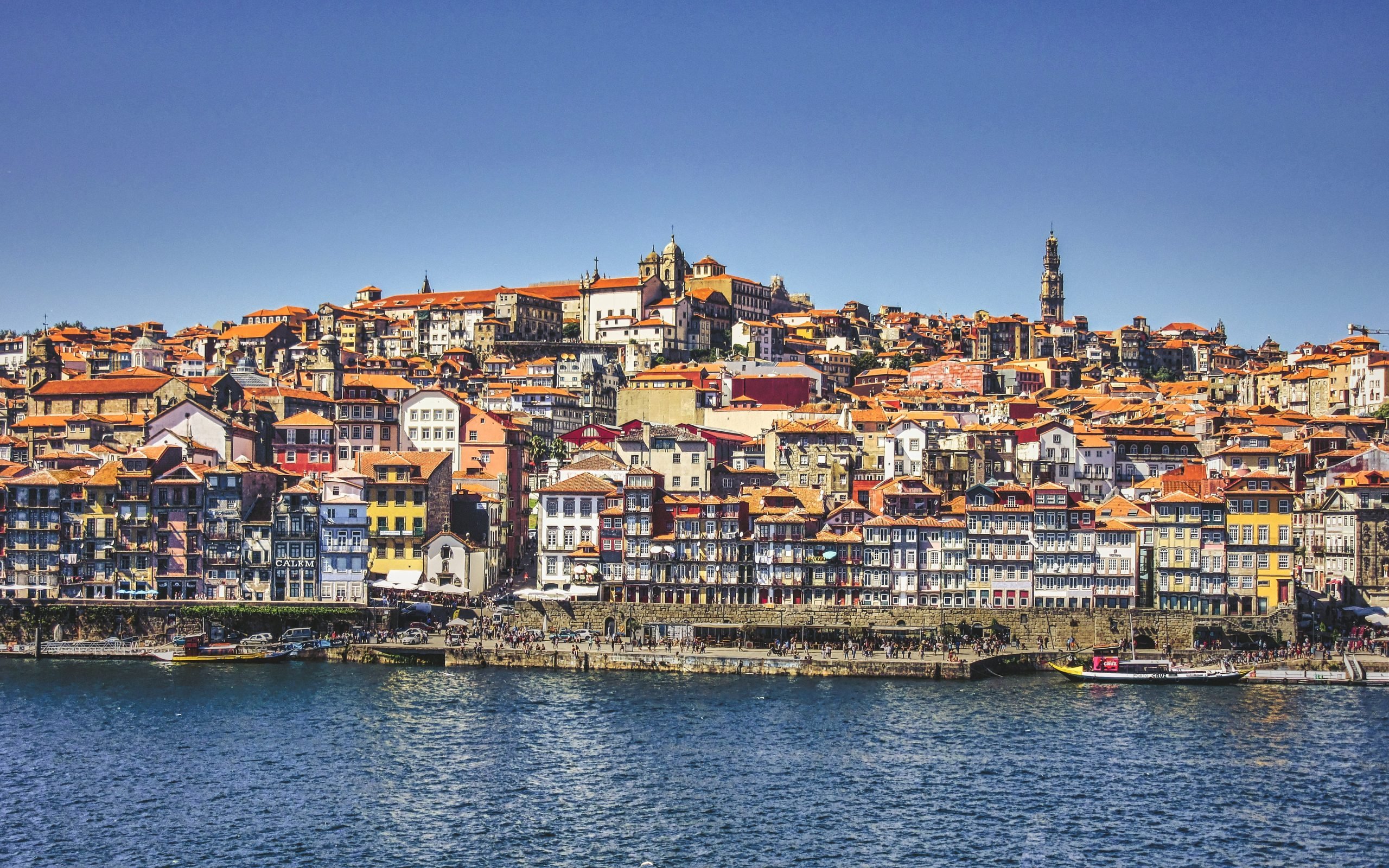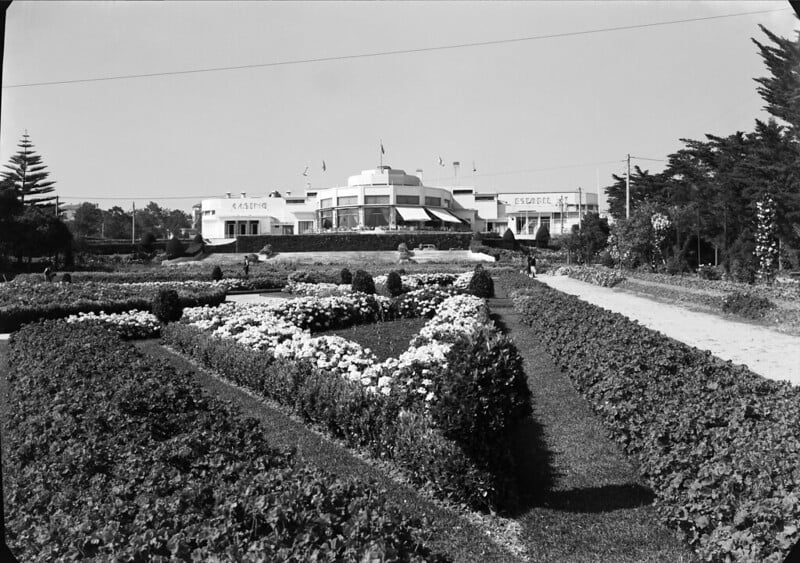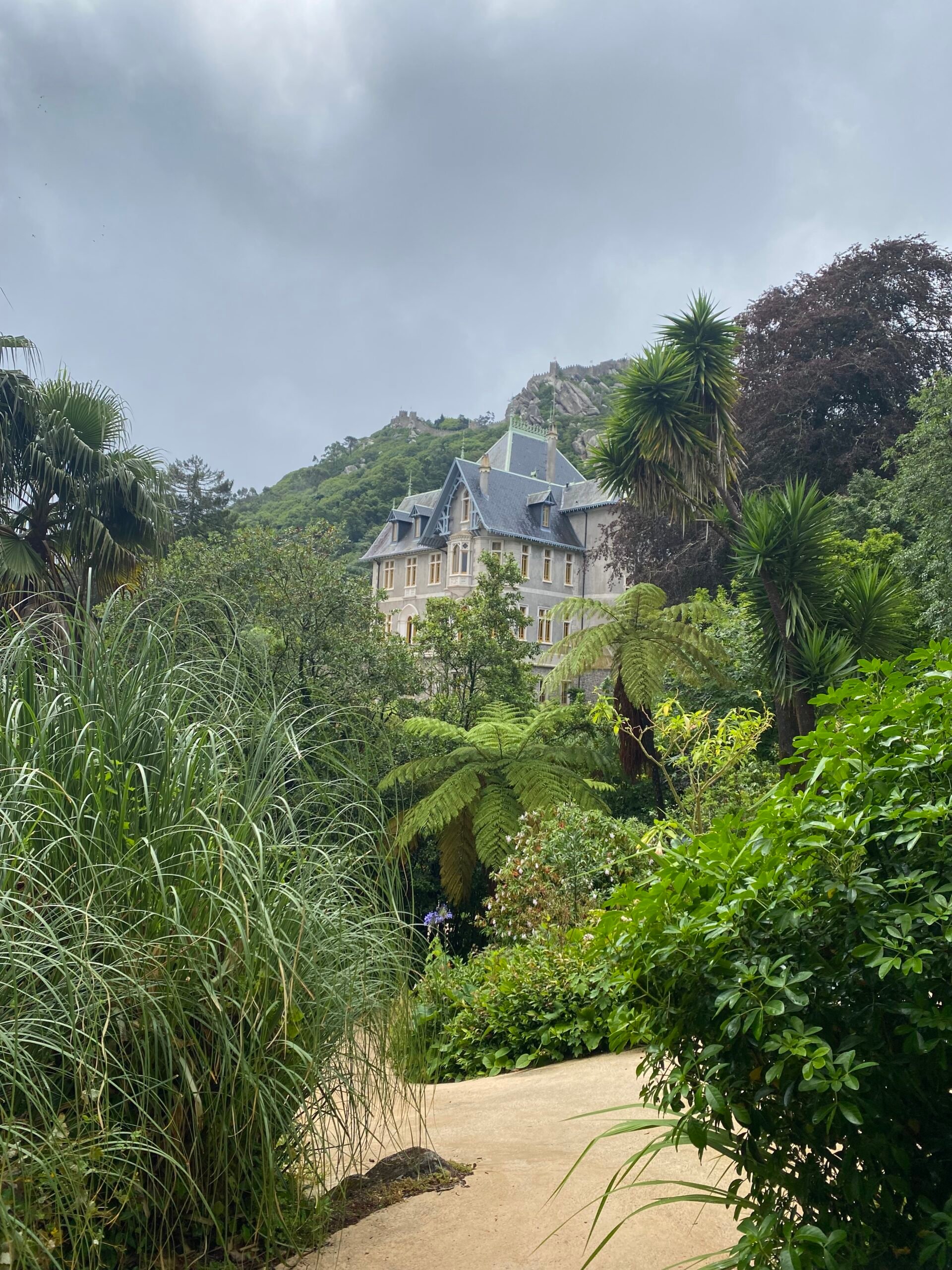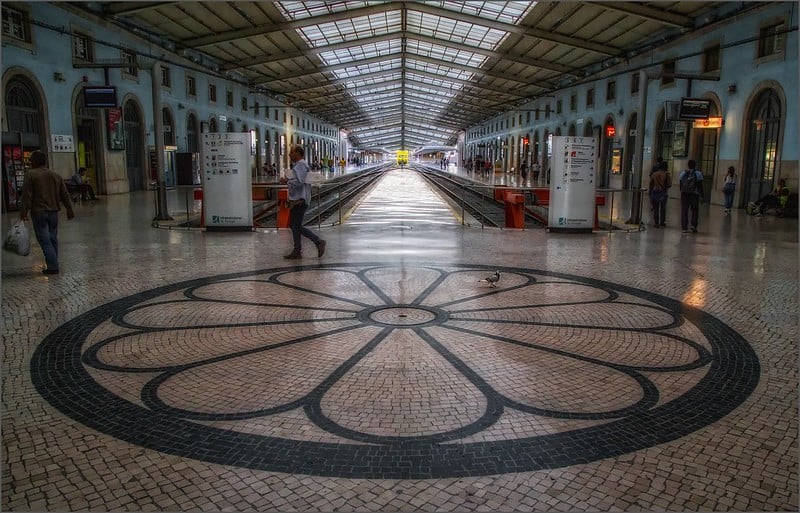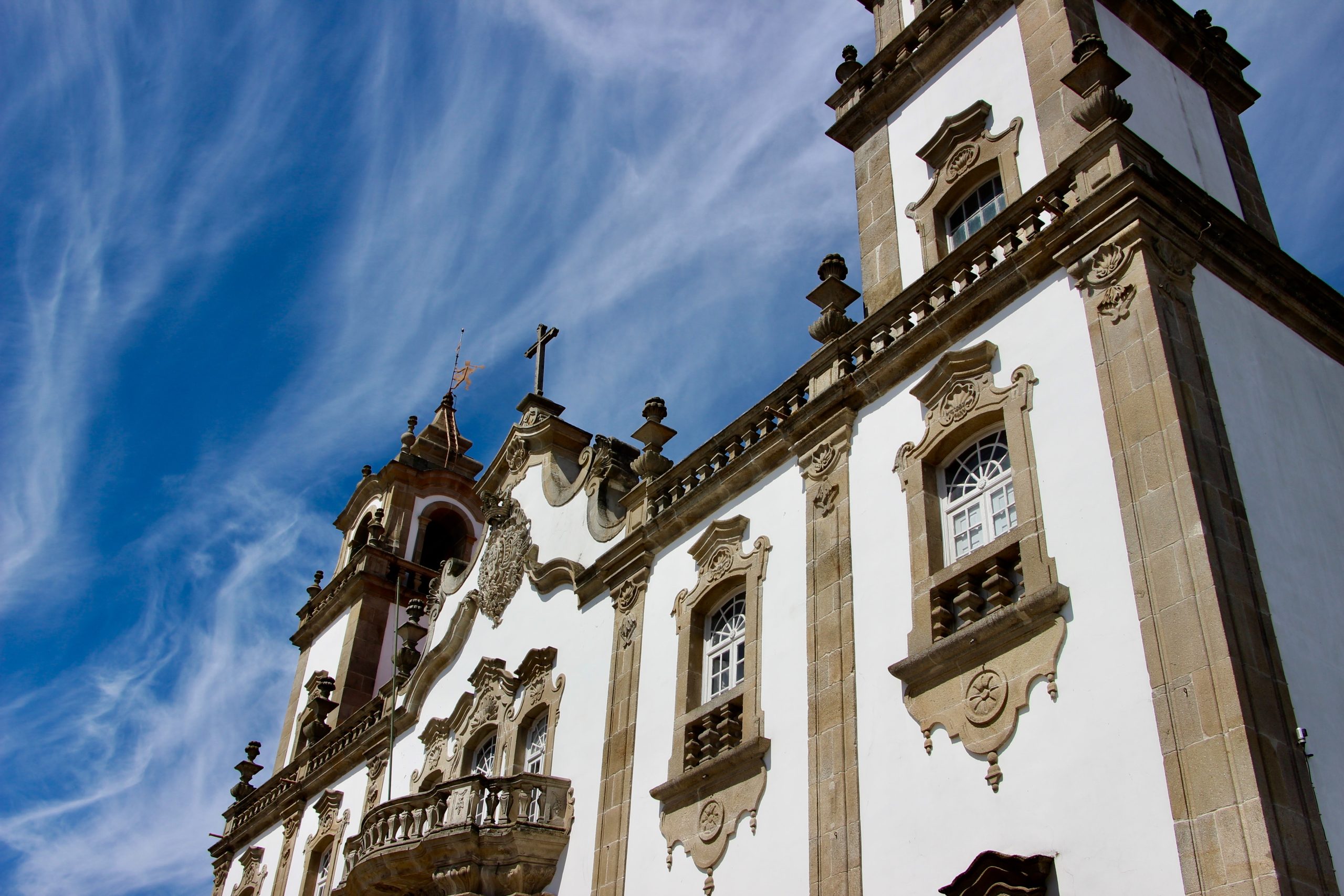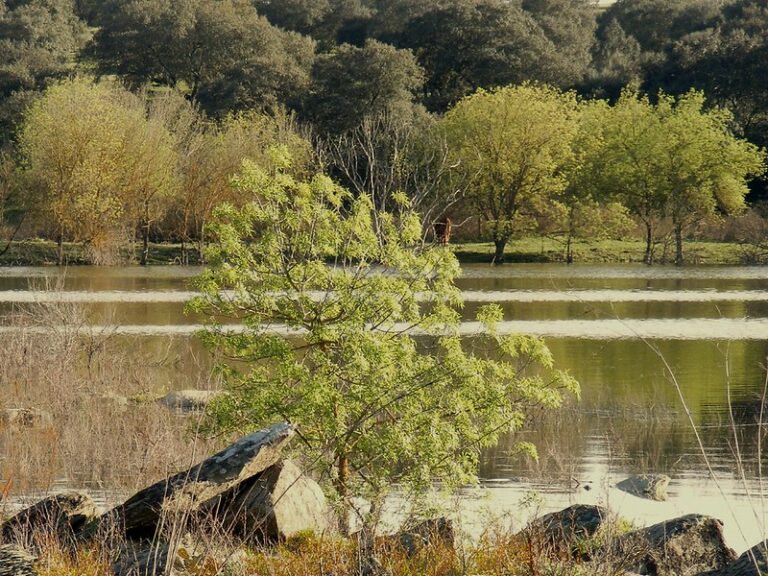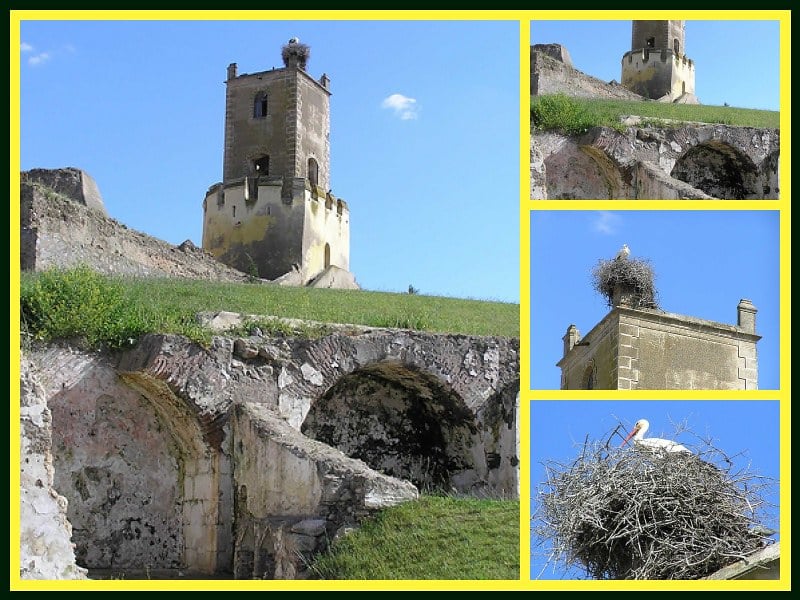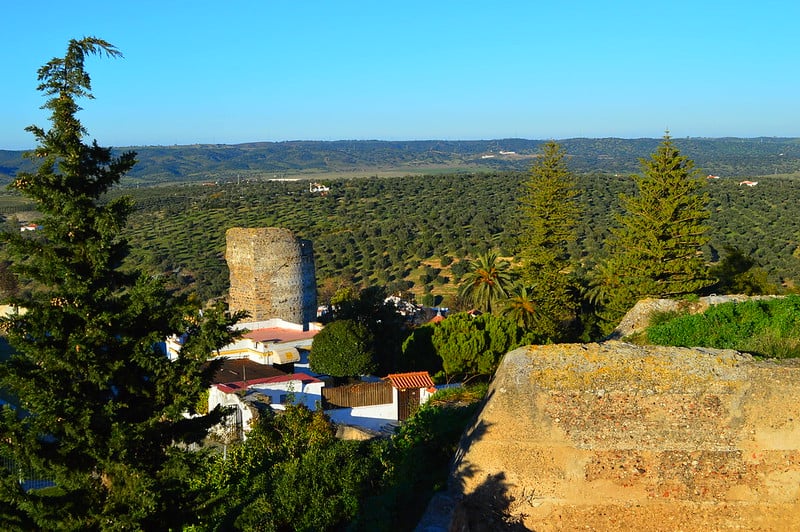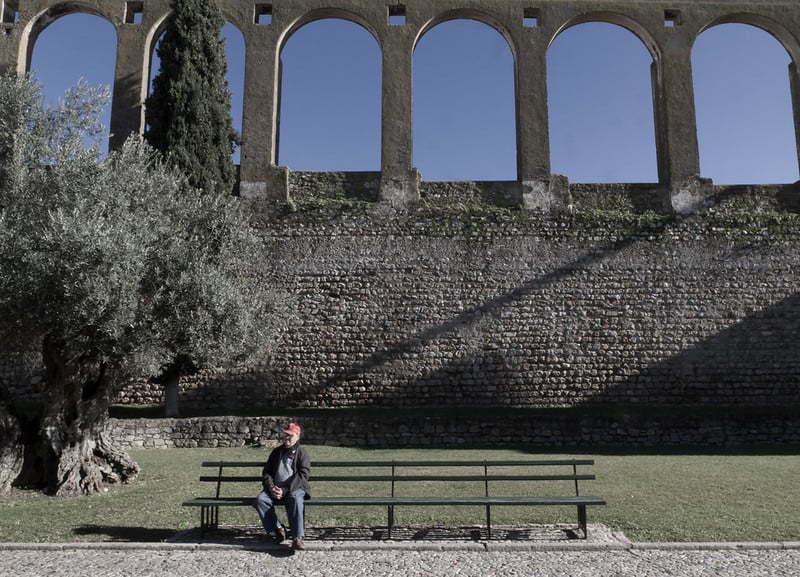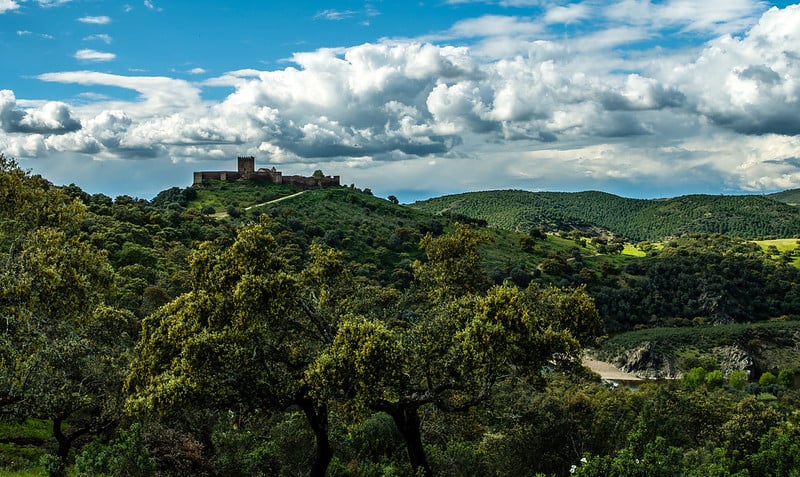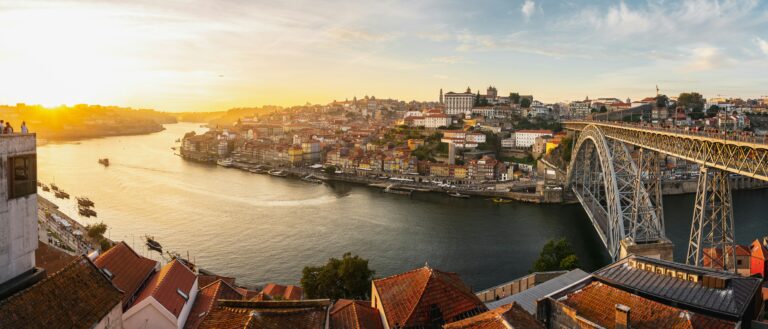We’ve recently received questions from our readers about getting the shingles vaccine in Portugal, so we thought it might be helpful to provide a how-to guide to help make it a little easier.
The shingles vaccine is currently not part of the National Vaccination Program, a universal program established in 1965 that is free and accessible to anyone present in Portugal. As such, if you want the shingles vaccine, you are going to need to pay for it, and it is expensive! Let’s first give a bit more background on the shingles disease itself before we go into the logistics of getting it in Portugal.
What Is Shingles?
Herpes zoster, also known as shingles, is a disease caused by the reactivation of the varicella zoster virus, the same virus that causes chickenpox. You can only get shingles if you have had chickenpox. The older you get, the more likely it is that you may get shingles, especially if your immune system is compromised.
What Are the Symptoms of Shingles?
Shingles first presents as a headache with associated tiredness, sensitivity to light, and an itching, burning, or tingling sensation. Two to three days later, a rash will likely appear on one side of your body around a skin nerve known as a dermatome.
The rash initially consists of painful red bumps that will quickly develop into fluid-filled blisters, which can be itchy and painful. Eventually, these attractive blisters will burst and heal into a crusty surface over the course of two weeks. The rash typically lasts for about 10 days, but it can take several weeks to settle. Shingles can appear on your chest, abdomen, pelvis, and even your face. The main complications are herpes zoster ophthalmicus, which involves shingles around the eye, and post-herpetic neuralgia (PHN), a condition that can affect 1 in 10 people in which the pain and tingling of shingles can last for months or even years. This is more common in people over 50 years old.
Who Typically Gets Shingles?
You can get shingles at any age, but the risk is higher if you’re over the age of 50, had chickenpox during your first year of life, or have a weakened immune system. One in three people will develop shingles at some point during their lives. Usually, you will only get shingles once, but some people get it repeatedly, especially if they have weakened immune systems.
You can’t get shingles from someone else who has shingles. However, if you’ve never had chickenpox, you can get it from someone who has shingles. The shingles virus can spread if the fluid from the blisters contacts another person’s skin or an uninfected person touches their towels, clothing, or bedding. Once the blisters crust over and there is no more fluid, the shingles is no longer infectious.
Why Should I Get the Shingles Vaccine?
If you have already had chickenpox and have an auto-immune disease or a weakened immune system for any reason, we recommend getting the shingles vaccine if you can afford it. This will help you avoid weeks of painful blisters and possibly passing the virus on to those who have not yet had chickenpox.
Studies estimate that 10-30% of the Portuguese population will eventually be infected with shingles, so changes are quite high that you may have to deal with this disease at some point. Of course, getting vaccinated does not 100% guarantee immunity, but the risks will be much lower.

How Can You Get the Shingles Vaccine in Portugal?
Getting the shingles vaccine in Portugal will first require a prescription from a doctor either in Portugal or the EU. You can get this prescription from a public or private hospital in Portugal, but it is important to know that hospitals in Portugal do not have the shingles vaccine on hand and typically do not administer it. Instead, you need to find a local pharmacy that can both order the vaccine for you (or already has it available) AND administer the vaccine. These two things do not always happen concurrently. Some pharmacies may be able to order the vaccine for you but won’t be able to administer the shot on site.
Portugal currently has two shingles vaccines available, a recombinant vaccine known as Shingrix® and a live attenuated vaccine known as Zostavax®. Shingrix® is administered in three doses, the first on Day 1, the second after two months, and the third after six months. Zostavax® is administered as one dose, but this must be ordered in advance, as it is usually not in stock at a pharmacy in Portugal. Shingrix® may also need to be ordered in advance, so call ahead to your local pharmacy and place your order once you get a prescription.
We recommend searching for a pharmacy that can administer the vaccine to avoid any further complications. The best pharmacy that we found in Lisbon is Farmácia Fontes Pereira de Melo (Av. Fontes Pereira de Melo 15A, 1050-115, +351 218 272 313). If you do not live in the Lisbon area, we advise you to call the closest pharmacies around and see what is available. Make sure that you ask the pharmacy if they can administer the dose for you.
Most pharmacies have someone on staff who can speak in English. By calling, you may also be able to order the shingles vaccine in advance over the phone.
What Type of Shingles Vaccine Should I Get?
As we previously mentioned, there are two types of shingles vaccines: Shingrix® (recombinant, administered in 3 doses) and Zostavax® (live attenuated, administered in 1 dose). Of the two different vaccines, Shingrix® provides stronger and longer protection against shingles. As of 2020, Zostavax® is no longer available in the USA. Zostavax® was found to reduce an individual’s chance of getting shingles by 51% and reduces PHN by 67%, while Shingrix® showed a 90% effective rate at preventing shingles and PHN in healthy adults, with protection between 68% and 91% in people with weakened immune systems.
Although Shingrix® is three times more expensive, we recommend it since it provides much better immunity over a longer period and can used in adults at a younger age.
How Much Does the Shingles Vaccine Cost in Portugal?
Each dose of the shingles vaccine currently costs €179.60 out of pocket. Note that this is not covered by insurance. This means that Zostavax® will cost €179.60, and Shingrix® will cost €538.80.
What Are the Side Effects for the Shingles Vaccine?
Both Shingrix® and Zostavax® have mild side effects that improve within 2-3 days. Side effects include headaches, fatigue, a high temperature, chills, aches, and swelling or itchiness where the injection was given. Serious side effects are very rare.
Final Thoughts
Since there is no testing to determine whether the varicella-zoster virus is dormant and shingles can lead to long-term complications such as post-herpetic neuralgia, we recommend getting the shingles vaccine in Portugal if you are over the age of 50 or have a weakened immune system. While it takes a bit of planning, it is possible to get the shingles vaccine from your local pharmacy with a prescription from a doctor. Now that you know the steps to take, we encourage you to get out there and get your shingles vaccine!



